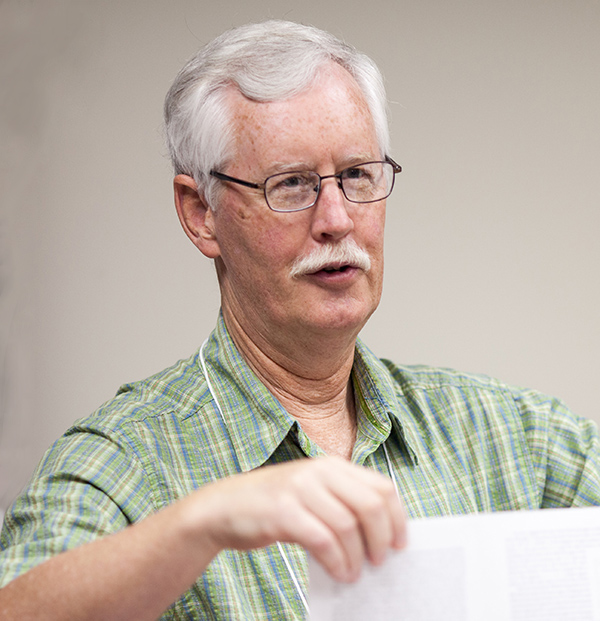G-45. Analytical Bibliography
Stephen Tabor
“I walked away with a much finer eye; more attuned to certain details I may have otherwise missed. I certainly feel this has broadened my horizons as a researcher.” — 2017 student
Course Length: 30 hours
Course Week: 6–11 July 2025
Format: in person, University of Virginia in Charlottesville, VA
Fee: $1,495
An introduction to techniques for recognizing, recording, and understanding the traces preserved in printed books of the hand-press period which give evidence of the methods of their manufacture. Besides revealing details of early printing technology, analytical bibliography can uncover facts about now-lost manuscripts that served as copy for the typeset texts. Topics covered in this course may include skeleton formes, press figures, type recurrence, chainlines and watermarks, standing type and multiple impositions, shared printing, woodcut and type wear, forgeries, and the use and limitations of facsimiles and mechanical collation aids. Although provenance and bookbinding evidence will be out of scope, we may give some attention to post-publication alterations of individual copies that can confuse interpretation. Our approach will be practical rather than academic, with emphasis on observation rather than lectures. The week will begin with an intensive hands-on session with RBS printing equipment, covering typesetting, imposing, and other pressroom practices. With this experience as a foundation, the remaining sessions will draw on original materials (when possible) and photocopies as sources for investigation.
The course will assume some familiarity with historical bibliography and book anatomy (see the reading list). Although none of the other RBS courses in bibliography (the G series) are prerequisite, G-45 will rely to some extent on the vocabulary and collation formulary which are developed by the others in much greater depth. Graduates of any of those courses should expect a bit of overlap, but will have a valuable leg up on the topics to be discussed. G-45 will not attempt to rigorously teach or critique styles of description. Rather, it will explore features not normally treated in bibliographies, but more often developed at article- or book-length.
In their personal statements, prospective applicants should describe any experience they have had with hand-typesetting and printing. This information will be useful in planning the course.
Course History
Faculty

Stephen Tabor
Stephen Tabor is Curator of Rare Books at the Huntington Library. Prior to that he was Catalogue/Reference Librarian at UCLA’s Clark Library and Senior Bibliographer with the English Short-Title Catalogue, University of California, Riverside. He has published descriptive bibliographies of Sylvia Plath (1987) and Ted Hughes (1983; expanded ed. 1998); the latter, co-authored with Keith Sagar, won the Library Association’s Besterman Medal. His catalogue of the work of Los Angeles’s Plantin Press (co-authored with Tyrus Harmsen) appeared in 2005, and he has published articles in PBSA, The Library, and Studies in Bibliography.
Full Bio »